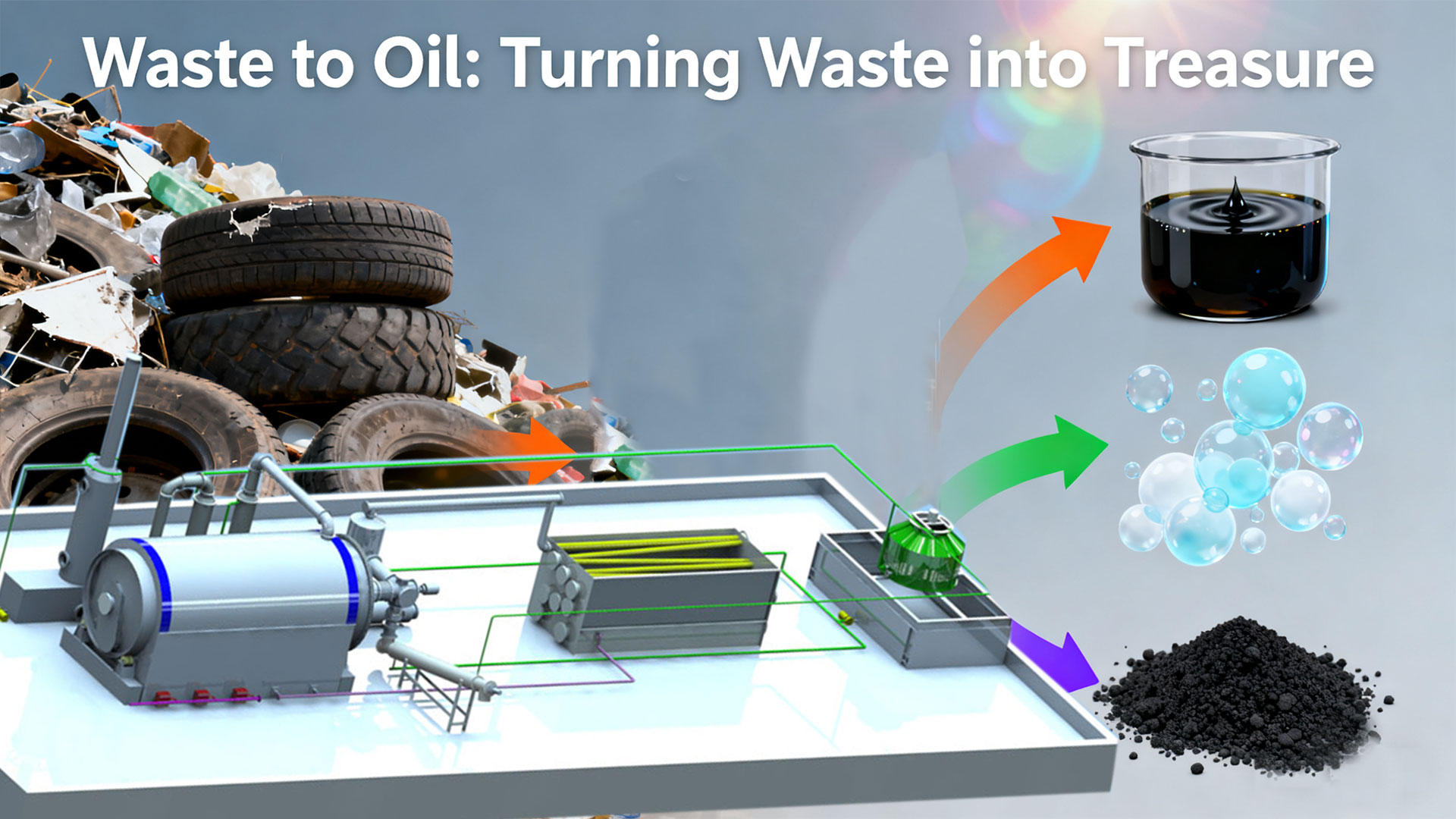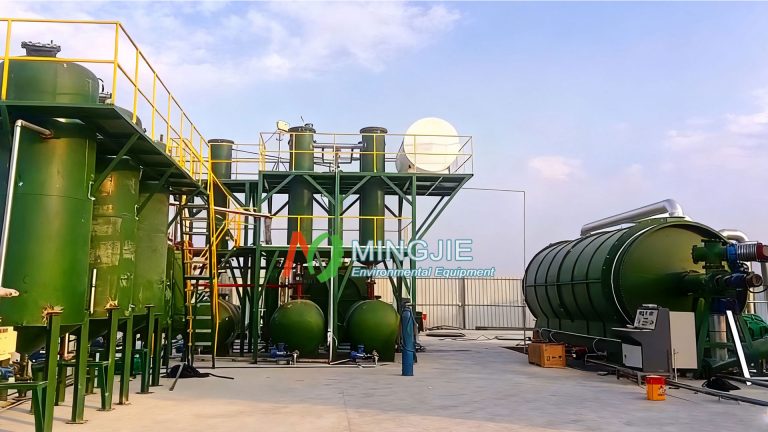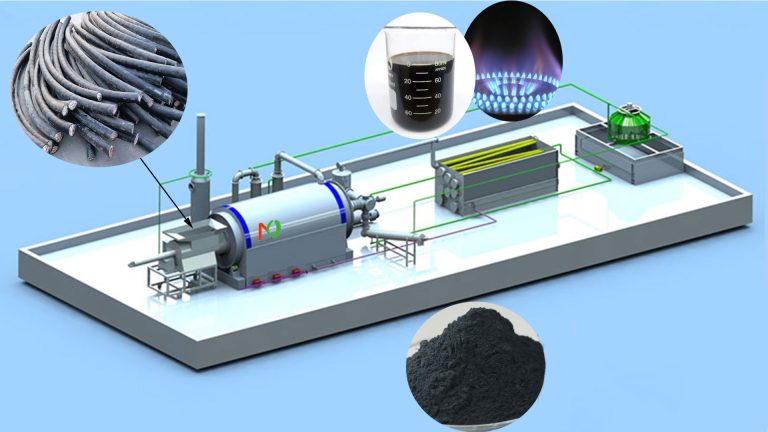The waste to oil machine is an environmentally friendly machine that combines advanced pyrolysis technology with efficient separation processes. It aims to address the increasingly challenging waste disposal challenge while enabling resource recycling. It converts a variety of solid waste into useful oil products, turning waste into treasure.
The waste to oil machine processes a wide range of raw materials, including waste plastics, waste tires, medical waste, municipal solid waste, and some industrial organic waste. These wastes are difficult to degrade in the natural environment. Long-term accumulation not only consumes significant land resources, but also causes severe pollution to the soil, water, and air.
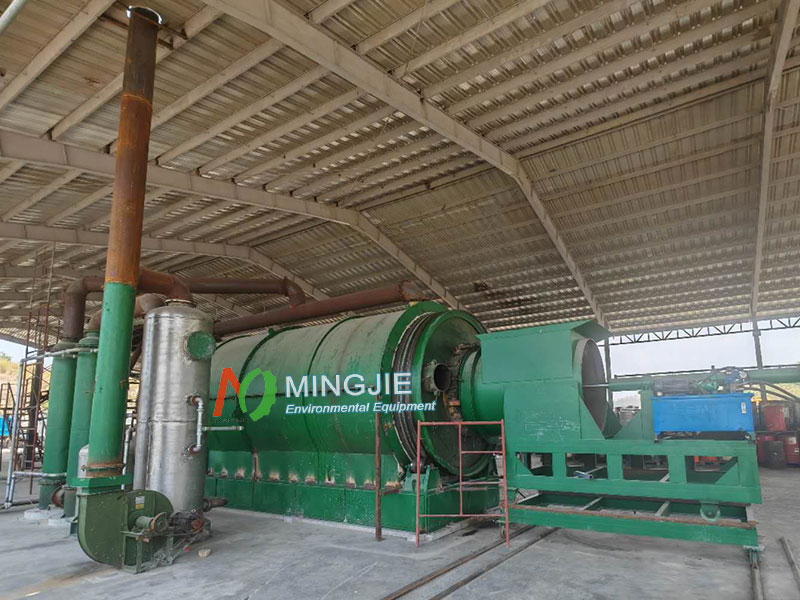
How the Waste to Oil Machine Works
The working principle of waste to oil machine involves a complex and sophisticated series of physical and chemical processes. It primarily uses pyrolysis technology to achieve the remarkable transformation of waste into oil.
Pyrolysis equipment, operating in an oxygen-free or oxygen-deficient high-temperature environment, causes the molecular structure of waste to undergo remarkable changes. The waste plastic to oil machine can convert waste into syngas, pyrolysis oil, and carbon black.
After waste plastic is fed into the pyrolysis reactor, the reactor begins to heat up, typically reaching temperatures between 400 and 600°C. Within this high-temperature range, the chemical bonds between the polymers in the waste gradually break down, breaking them down into smaller fragments.
The waste plastic pyrolysis process produces gaseous hydrocarbons, liquid pyrolysis oil, and solid carbon black. These pyrolysis products all hold potential for utilization.
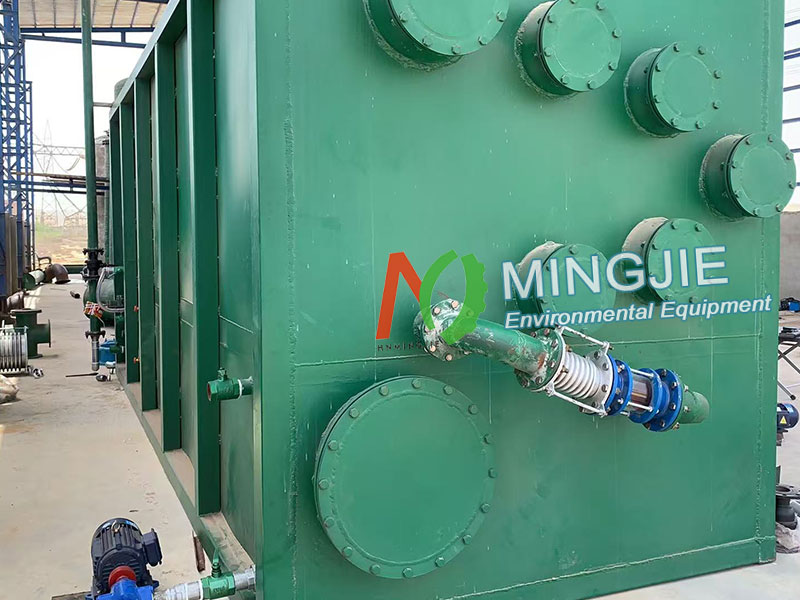
Types of Pyrolysis Waste to Oil Machines
In the field of waste pyrolysis, there’s more than one type of waste to oil machine. Mingjie Group has developed a variety of pyrolysis equipment based on varying production needs and process characteristics. Based on their operating methods, waste to oil machine is categorized as batch pyrolysis machine and continuous pyrolysis machine.
Batch Pyrolysis Waste to Oil Equipment
Batch pyrolysis equipment is relatively simple in terms of its structure. It consists of pyrolysis reactor, heating system, condensing unit, and purification unit. Batch pyrolysis machines offer great flexibility in handling various types and sizes of waste.
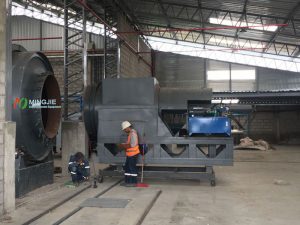
Batch pyrolysis equipment utilizes a large furnace door design, which reduces material size requirements. In actual waste to oil production, pretreatment equipment is generally not required.
Batch pyrolysis waste to oil equipment uses a manual or hydraulic loader to load waste tires into the pyrolysis reactor. After the furnace door is closed and heating begins, reaching a certain temperature, the solid waste inside the furnace begins to steadily produce oil and gas.
The oil and gas are cooled by a condenser, and the pyrolysis oil enters an oil storage tank. The non-condensable gas is purified and directly used to heat the pyrolysis furnace.
After tyre pyrolysis is complete, the furnace door must be opened to remove the carbon black and steel wire. The pyrolysis furnace is then reloaded for the next pyrolysis cycle.
Continuous Pyrolysis Waste to Oil Machine
Continuous pyrolysis machine is equipped with highly automated conveying, pyrolysis, separation, slag removal, and purification systems. Raw materials are continuously fed into the reactor via automated conveying. After continuous pyrolysis within the reactor, the pyrolysis products are rapidly transported to the condensation, slag removal, and purification equipment for further processing.
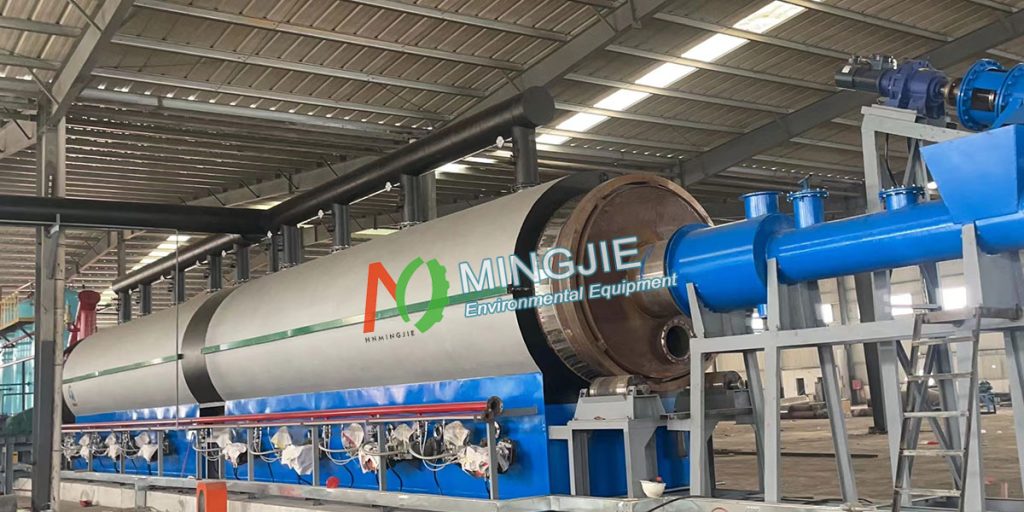
Fully automated tire to oil pyrolysis plant allows for continuous production, with simultaneous feeding and slag removal. This eliminates the need for inefficient reloading, cooling, discharging, and reheating. This continuous production method significantly improves efficiency, enabling the processing of large quantities of waste in a short period of time.
Because continuous pyrolysis equipment utilizes a closed screw feed system, it can only process small materials. If the raw material is whole tires, the production line must be equipped with a pre-treatment device, so as to break the tires into rubber powder and blocks.

